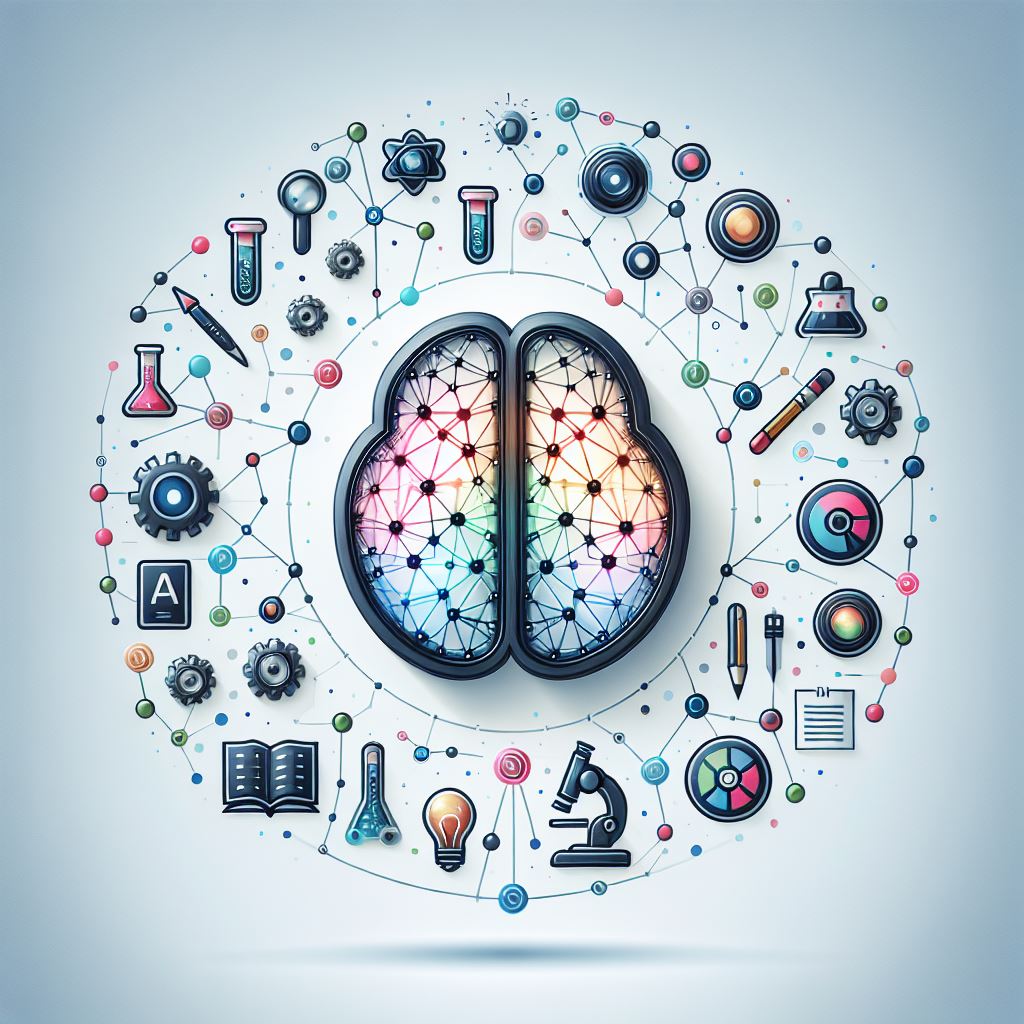Information about Generative AI
Generative AI has the potential to radically transform how people learn and conduct work. This resource provides information and suggestions on how to integrate generative AI into your teaching while maximizing its potential and minimizing the risks. Watch the Fall 2023 Generative AI workshop recording offered by CFE.
We will update this resource with more guidance and examples as this emerging technology evolves and more information becomes available.
Topics:
- What is Generative AI and How Does it Work?
- Why Allow the Use of Generative AI by Students?
- How to Integrate Generative AI Into Your Teaching
- Establishing Expectations, Syllabus Language and Policies for Generative AI Use
- How to Cite Generative AI
- Generative AI Detection Tools and If You Suspect a Student is Misusing It
- How to Make Assignments Less Susceptible to Generative AI Produced Content
- Incorporating Generative AI Into Course Assignments and Activities
- Using Generative AI: A Guide for Students from the MSU Library
- Incorporating Generative AI Into the Writing Process for Students
- How To Write Effective Prompts for Generative AI Tools
- Using AI as a Teaching Assistant
- How to Integrate Generative AI into Your Research and Scholarship
WHAT is Generative AI and How Does it Work?
You may have read or seen AI be called or referred to as these several different names:
- Open AI is an organization that focuses on developing advanced computer programs that can understand and generate human-like text. OpenAI works to ensure these models are used responsibly and for the benefit of humanity (OpenAI, 2023). ChatGPT is a product of Open AI.
- Generative AI or Large Language Models (LLMs) is a computer program using large language models that learn by studying and connecting large amounts of text on the Internet. They use this information to answer questions, generate responses or content, create images, video, and audio, translate languages, and more.
- ChatGPT, Dall-E, Google Bard and Microsoft Bing are some of the more common generative AI tools available in free and more advanced paid versions.
For purposes of simplicity, this resource will use Generative AI throughout each section and mention the ChatGPT tool when needed.
The training process for these models involves exposing them to vast amounts of text data from the internet. They learn patterns and relationships within the data, which enables them to generate coherent and contextually relevant responses to user queries.
The training process typically involves two stages: pre-training and fine-tuning. During pre-training, the model learns from a large corpus of publicly available text data to predict the next word in a sentence. This process helps the model gain a broad understanding of language. In the fine-tuning stage, the model is further trained on more specific datasets with human oversight and guidance to ensure its responses align with OpenAI's goals and values.
OpenAI's language models have a wide range of applications, including answering questions, generating text, providing summaries, translating languages, simulating characters, and much more. They can be integrated into various products and services to enhance user experiences and perform complex natural language processing tasks.
OpenAI also emphasizes the ethical use of AI and actively works on addressing potential risks and limitations associated with AI technologies. They promote responsible AI development, transparency, and collaborative efforts to ensure the technology is beneficial for humanity as a whole.
It's important to note that the information I provided is based on my training data available up until September 2021. OpenAI may have made further advancements and developments since then (OpenAI, 2023).
Source: OpenAI. (2023). ChatGPT (Jun 14 version) [Large language model].
WHY Allow the Use of Generative AI?
With the availability and evolving sophistication of generative AI, it may be increasingly impractical to prevent students from using generative AI on assignments. A March 2023 Best Colleges survey found that 43% of students reported using ChatGPT or a similar AI application and 61% of college students think AI tools like ChatGPT will become the new normal. Another survey by Study.com found that over 89% of students have used ChatGPT to help with a homework assignment.
Furthermore, prohibiting student use of generative AI in courses may deprive them of valuable opportunities to develop skills and expertise in an emerging technology, which can benefit students in professions and industries that are leveraging generative AI to complete work and improve efficiency. For example, industries such as logistics and transportation, marketing, healthcare, news media, architecture, graphic design, and computer coding and programming are using generative AI in a myriad of ways. Generative AI is being used to create images, video, and audio in addition to text-based products in various industries.
HOWto Integrate Generative AI into Your Teaching
|
We want to know how you are using generative AI in your teaching and courses. If you have an innovative use for how you or your students are using generative AI to advance and support learning, please submit a description and any materials such as student examples, AI generated teaching content, and assignment or activity prompts that incorporate generated AI use to [email protected]. These examples will be added to our resource to inspire and guide other faculty in its use. |
MSU does not currently have any policies prohibiting the use of generative AI, each faculty member will have the opportunity to determine how students can use the tool for their course. It is imperative that faculty set course expectations and policies around student use for if and when generative AI is permitted, how to show what pieces of content were AI generated, and how students arrived at that content.
The pages below offer guidance on setting expectations and policies for no use, limited or partial use, and full use, as well as what to do if you suspect a student is misusing generative AI. Additionally, there are suggested activities and assignments to teach students how to use AI to effectively support learning.
AI in Research & Creativity
|
|

